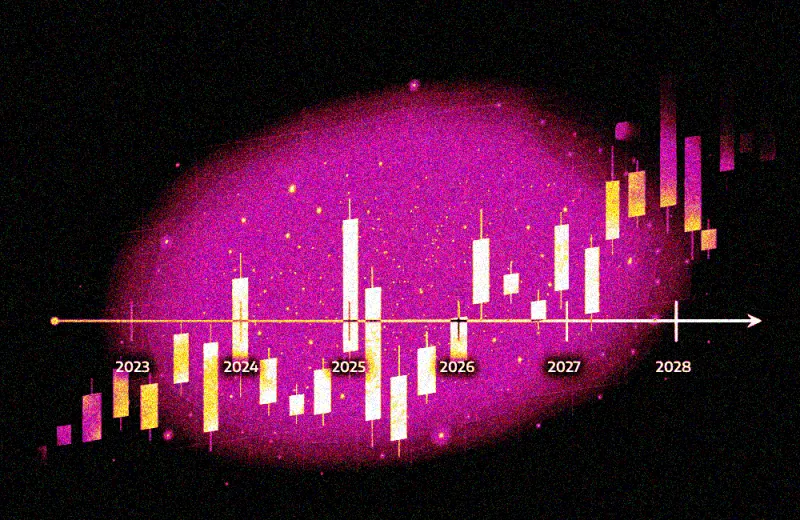Is the pendulum finally swinging back for emerging market stocks?
According to the latest report from AQR, EM stocks are now expected to generate about a 3 percent premium over developed market stocks, one of the highest levels in the past 25 years. AQR says that the rising premium is driven in part by improving fundamentals across emerging markets for decades. Between 1980 and 2020, GDP per capita in emerging markets, expressed as a share of developed markets, surged from 20 percent to over 50 percent. That means the gap between the economic output of emerging and developed markets has narrowed significantly.
The findings come at a time when many active managers have deemphasized emerging market stocks, given their relative underperformance since the global financial crisis. According to eVestment, actively managed equity funds have an average of 8.8 percent in emerging market stocks. The MSCI All Country World Index has 12.2 percent in emerging markets stocks.
AQR says actively managed funds under invested in EM stocks for a good reason. Between 2015 and 2022, the trailing 10-year annualized return of U.S. stocks significantly exceeded that of emerging markets stocks. But AQR expects these return profiles to reverse over the next few years.
“Emerging risks aren’t what they used to be,” Michele Aghassi and Dan Villalon, principals at AQR, wrote in the report. The volatility of EM stocks has come down significantly from the peak levels of the global financial crisis. The trailing five-year volatility of EM stocks now hovers around 20 percent, roughly the same volatility experienced by developed market stocks.
Furthermore, the correlation between EM stocks and developed market equities has decreased from 0.87 in 1999 to 0.77 in 2022, meaning EM stocks now offer better diversification benefits than they have in the past. “This evolution suggests that from the standpoint of portfolio risk, the case for emerging markets potentially even increased over the past decade, compared to history,” the report said.
Take China, for example. The country now accounts for 30 percent of the MSCI Emerging Markets Index. Over the past year, Chinese stocks have plunged nearly 50 percent from the highs of early 2021, driven by the nation’s draconian “zero-Covid” policy and the government’s tightened control over the technology industry.
But since late 2022, the situation has taken a turn for the better, with the government moving away from zero-Covid and implementing economic stimulus measures. Fundamental concerns have also eased significantly, which suggests that Chinese stocks are now attractively priced, according to the report.
“Many investors are likely underallocated to emerging markets — be it strategically, tactically, or even via their investment managers,” the report concluded. “While these markets have generally underperformed developed ones since the GFC, valuations today suggest a premium to emerging [markets] that hasn’t been seen in a long time, one that may be especially useful in today’s low expected return environment.”







